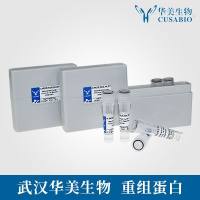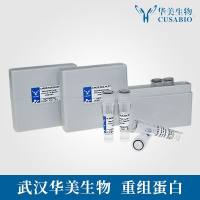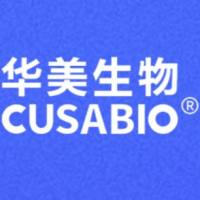The generally accepted paradigm for the classification of glycosphingolipids into neutral and acidic classes has proved to be an oversimplification, at least, when considering members of the Invertebrata. The detailed occurrence and frequency of electrically neutral, but amphoteric moiety-containing glycosphingolipids amongst invertebrates would justify the establishment of a third class, namely, zwitterionic glycosphingolipids. Zwitterionic glycosphingolipids have been characterized in members of the phyla Annelida, Arthropoda (Crustacea), Arthropoda (Insecta), Mollusca (freshwater Bivalvia), Mollusca (marine Gastropoda), and Nematoda (Ascaridida), whereby the sugar-amphoteric moiety has been identified, respectively, as Gal-phosphocholine (
1 –
4 ), Glc-phosphonoethanolamine (
5 ), GlcNAc-phosphoethanolamine (
6 –
8 ), Man-phosphoethanolamine (
9 ), Gal-phosphonoethanolamine (
10 ,
11 ), and Hex/HexNAc-phosphocholine (
12 ,
13 ) (exact site of attachment to be determined). This diversity of zwitterionic glycosphingolipids amongst investigated members of the Invertebrata points to their biological importance, but as yet, unknown functional significance. In the course of our studies on the zwitterionic species of the insect,
Calliphora vicina , and the parasitic nematode,
Ascaris suum , we have developed schemes for their isolation, classification, and preliminary characterization, which will be presented in this chapter. The glycolipids studied have originally been isolated, as for glycosphingolipids, however, until proved chemically or enzymatically to be of this third lipid-class, e.g., cleavage by the enzyme endoglycoceramidase, they will be designated as glyco(sphingo)lipids in this chapter. The shorthand designations for these categories of lipid will be N (neutral)-, Nz (zwitterionic)-, and A (acidic)-glyco(sphingo)lipids. The isolation and fractionation of
A. suum Nz-glyco(sphigo)lipids was achieved by the following protocol (
see Scheme 1 ). The tissue was extracted three times with different combinations of organic solvent and rotary evaporated to dryness (
see Subheading 3.1.1. ,
step 1 ). The raw extract was washed with cold acetone to remove most of the triglycerides, prior to dialysis (
see Subheading 3.1.2. ,
step 2 ). The dried preparation was segregated into its N-/Nz- and A-glyco(sphigo)lipid fractions by DEAE-Sephadex, anion-exchange chromatography, followed by dialysis (
see Subheading 3.1.3. ,
step 3 ). The dried, N-/Nz-glyco(sphingo)lipid fraction was separated as to its N- and Nz-glyco(sphingo)lipid fractions by adsorption column chromatography on silica gel (
see Subheading 3.1.4. ,
step 4 ). The N-glyco(sphingo)lipid fraction was further purified by peracetylation, Florisil column chromatography, deacetylation and silica gel chromatography, prior to fractionation into individual components on a column of porous silica gel (Iatrobeads) by high-performance liquid chromatography (HPLC) (
see Subheading 3.1.5. ,
step 5 ). The Nz-glyco(sphingo)lipid fraction was directly fractionated into individual components by silica gel column chromatography (
see Subheading 3.1.6. ,
step 6 ).
Fig. 1. Two-dimensional HPTLC-separation of the N- and Nz-glyco(sphingo)lipid fractions of A. suum adult worms. HPTLC plates; running solvents, first direction: chloroform/methanol/water (10∶10∶3, v/v/v), second direction: chloroform/methanol/2.5% (w/v) aqueous ammonia (10∶10∶3, v/v/v); visualization: orcinol/H 2 SO 4 spray reagent, 10 min at 120�C. The neutral species are designated by the slope N and the zwitterionic species by the slopes Nz.






